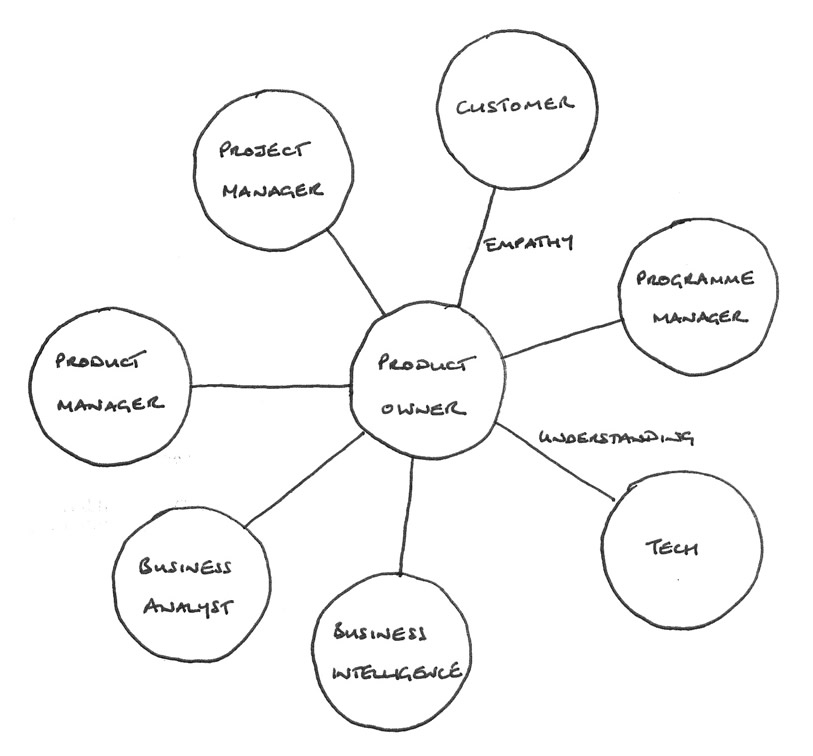Let’s finish up our look into how custom applications are built. You can find the first two sections here and here. We’ll finish up this series with the last few steps: Alpha Release, Beta Release, Production Release, and Iterate.
8. Alpha Release:
Phew, you find yourself ready for some outside / real world experience. You are moving forward, let’s get some time behind the application see how it handles. An alpha release means that all major features and functions are in place, although there may be some minor things that are stubbed out and not functional yet. It has been thoroughly tested internally and now needs to see the light of day in some real world examples. Iterations here can help fix reported issues and continue to add minor features and functionality until you are ready for Beta. This is a small / limited control group of people / customers.
9. Beta Release:
You are all in at this point. All features are developed, all functions are reported to work, so let’s take this thing for a spin and see what it can do. This should be something that could be quickly turned into a production version once the feedback has come in. This is a larger / somewhat uncontrolled group of people / customers. You want to keep it manageable, but you want to allow enough usage in a variety of environments to ensure that everything is ready for production. Don’t be afraid to fix bugs at this stage, but do try to refrain from introducing any new features or functionality, no matter how good an idea it may be at this stage. You goal is to release what you have into production, so don’t be seduced into trying to take on something more.
10. Production Release:
We’ve polished the chrome, it is now time to let the world have it. You made it, version 1.0 of your awesome idea. Do you remember that day of Inspiration way back when? Well, rejoice, you have taken your idea from concept to product and this is not an easy path. Once your product is released your job turns to monitoring and maintenance. Gather feedback and learn all there is about how people are using your product.
11. Iterate
Measure success, measure usage, measure desired features, heck measure everything and put together a list of features for the next release. Squish major bugs in the current release as quickly as possible to keep it usable, but plan for new features and functions upcoming releases. Major release numbers are for major new pieces of functionality. Minor release numbers are for small new features and functionality. Dot releases are for bug and stability releases.
Now that you’ve learned the entire process you can determine whether or not you will need help working through this progression. Find out how J&S Tech Designs can engage with your organization and take an idea or concept and get a product to market. J&S can help with all stages of the process from beginning to end.





